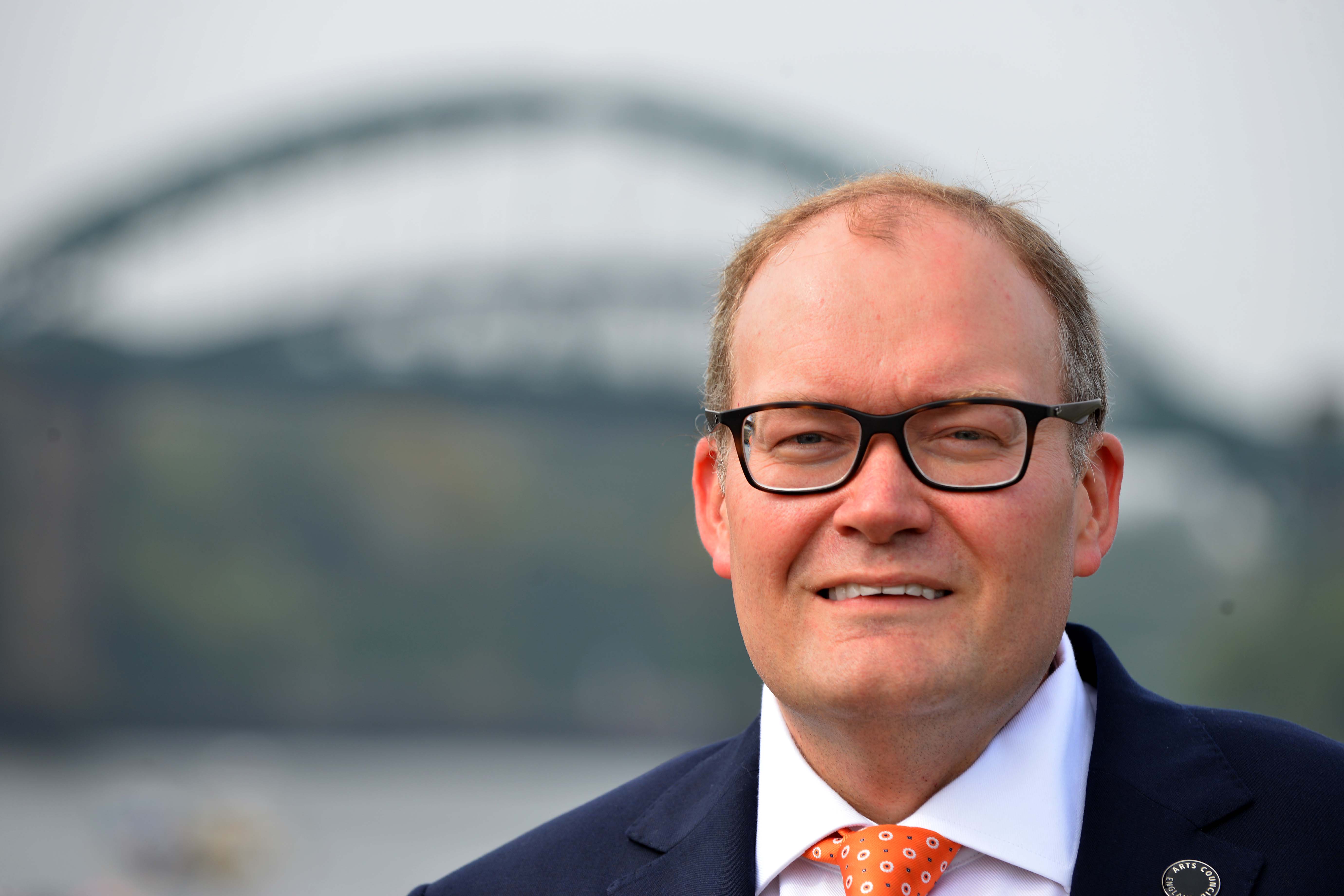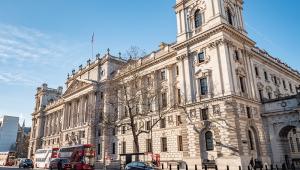
Darren Henley, chief executive of Arts Council England. Image credit: Sunderland Echo
Nobody would suggest that running a local authority is an easy job right now. Elected members and senior officers are making tough financial decisions on a daily basis. It would be easy to regard cultural activities and services as an unnecessary luxury that is ripe for cutting back. But this course of action would be misjudged, a short-term very small saving with long term dire consequences.
As the chief executive of Arts Council England, you might expect me to make this argument. But I do so not out of some sort of misty-eyed love of the arts above all else – but because I have seen the evidence of the positive impact that arts organisations, museums and libraries have every day on the lives of people living in villages, towns and cities across England.
The headlines about councils issuing Section 114 notices – suspending spending on all but essential services – make sobering reading. People are concerned about what this will mean for the fate of public owned creative and cultural assets that make the place they call home special.
The value that theatres, galleries, concert halls, museums and libraries bring to everyone’s lives can sometimes be seen as intrinsic and difficult to quantify. But at Arts Council England, we continue to point to the evidence of the benefits they bring. Let’s be clear: they play a vital role in helping political leaders to deliver for their communities despite the challenges posed by the pandemic’s legacy, inflationary pressures and competing demands on the public purse.
At the Arts Council it is our job to champion and develop our nation’s creative and cultural life and we know that investment in it can pay everyone dividends. It’s something that local and national government has been aware of for decades too. The Arts Council was founded at a time when public finances had been stretched to their limit because of the huge cost of the fight for our nation’s very survival during the Second World War.
It was an economist, John Maynard Keynes, who founded the organisation at that time. Back then it was clear that alongside the intrinsic value that investment in the arts brought, tangible outcomes were being sought too: a revival of civic pride, economic regeneration and inspiration to people living everywhere.
Those are still some of the dividends that investment in creativity and culture can pay out. There are others too. The place that creative activities and cultural experiences have in maintaining and improving our health and wellbeing is well-recognised. The role teaching for creativity has in education, whether the subject being taught is drama, maths, science or any other, is also acknowledged. Our world-class creative industries rely on the talent nurtured, honed and encouraged through public investment in arts organisations and individual artists.
Sir Steve McQueen is a case to point. He is a Turner Prize, BAFTA and Oscar winner whose career has moved between publicly funded visual art, television and cinema. Public investment in the creative and cultural sector helps build our country’s reputation for innovation, in turn cementing, building and growing our nation’s prominence in this field even further. It is no wonder that the House of Lords Digital and Communication Committee has said that the creative and cultural sector should lie at the heart of the UK’s plans for increasing economic growth.
Each day in communities and in every corner of our country, libraries, museums, theatres, galleries, arts centres, performers and artists of all kinds dare, dazzle and delight us. Creative activities and cultural experiences enrich our lives by opening our minds to new possibilities and by helping us to make sense of the world around us. The artists, arts organisations, museums and libraries in which we invest taxpayers and National Lottery Players money inspire and reinvigorate us and the places we call home.
And as the national development agency for creativity and culture, we believe that strong and responsive local government, working with communities is absolutely vital for the health of the arts, museums and libraries in England. Our role is to help set a national cultural strategy that responds to the opportunities that are present in our villages, towns and cities, as well as at a national and international level. It is also our role to understand the pressures councils and combined authorities are facing and to work in partnership with them to make sure that culture remains a key component of their communities’ lives.
It would be easy to take a short-term view. Tot up the market value of the creative and cultural buildings at the heart of our communities, work out what their contents might make and call in the auctioneers with the hope that the revenue from the sales will help balance the books.
It is harder to take the long-term view, but it is vital we do, because our creative and cultural spaces can be a catalyst for economic regeneration, drive footfall on our high streets, help build skills, improve wellbeing and instil civic pride.
When the challenges we currently face are forgotten our communities will be better places to live, work and visit if their creative and culture assets are protected and championed now.











